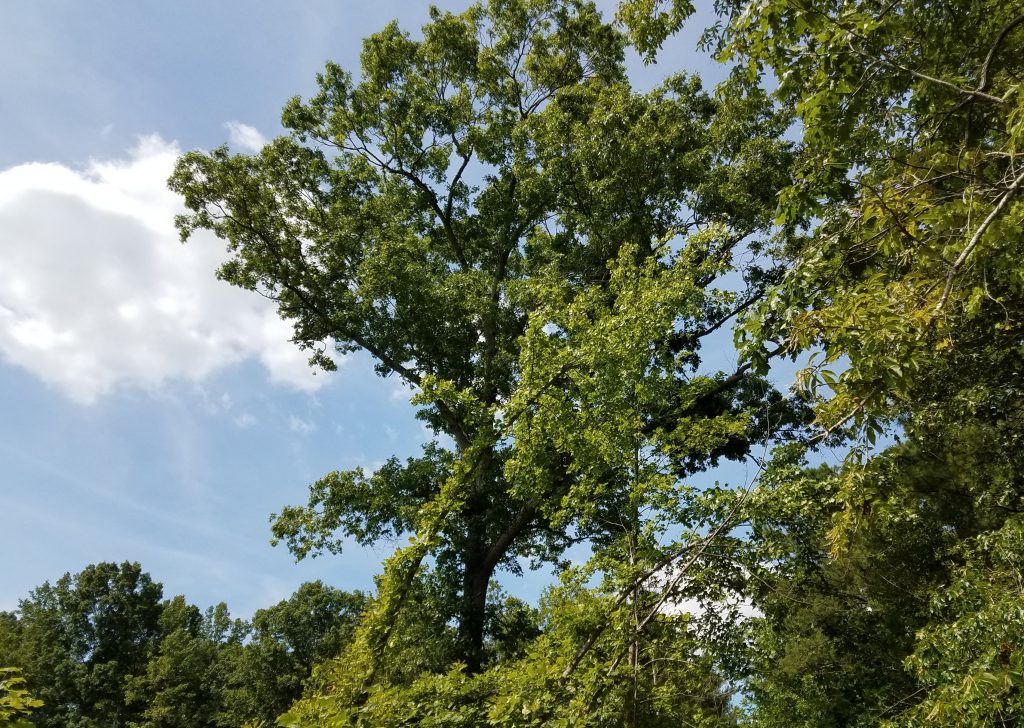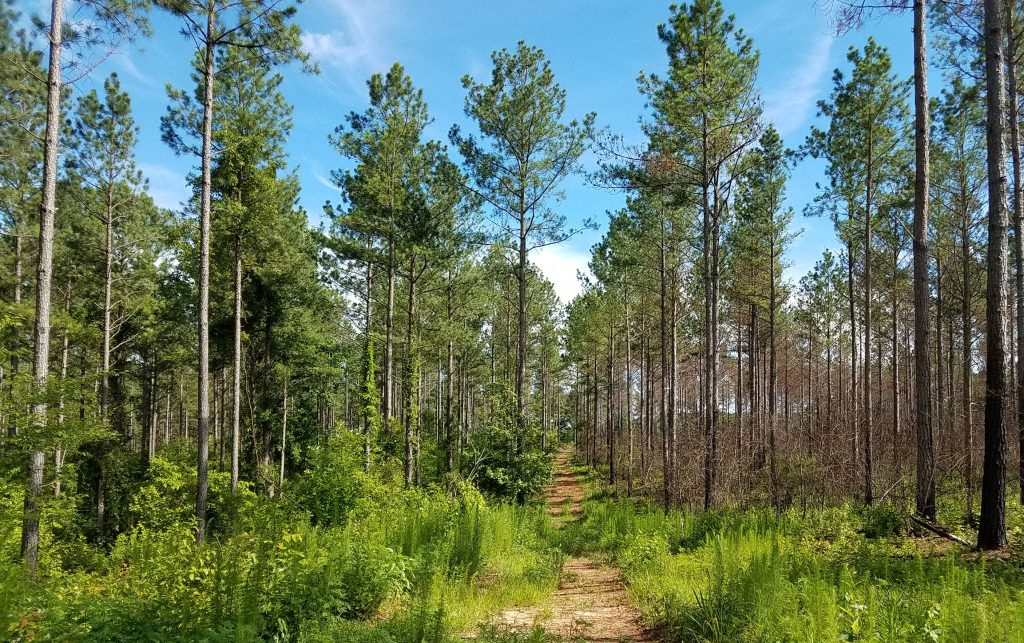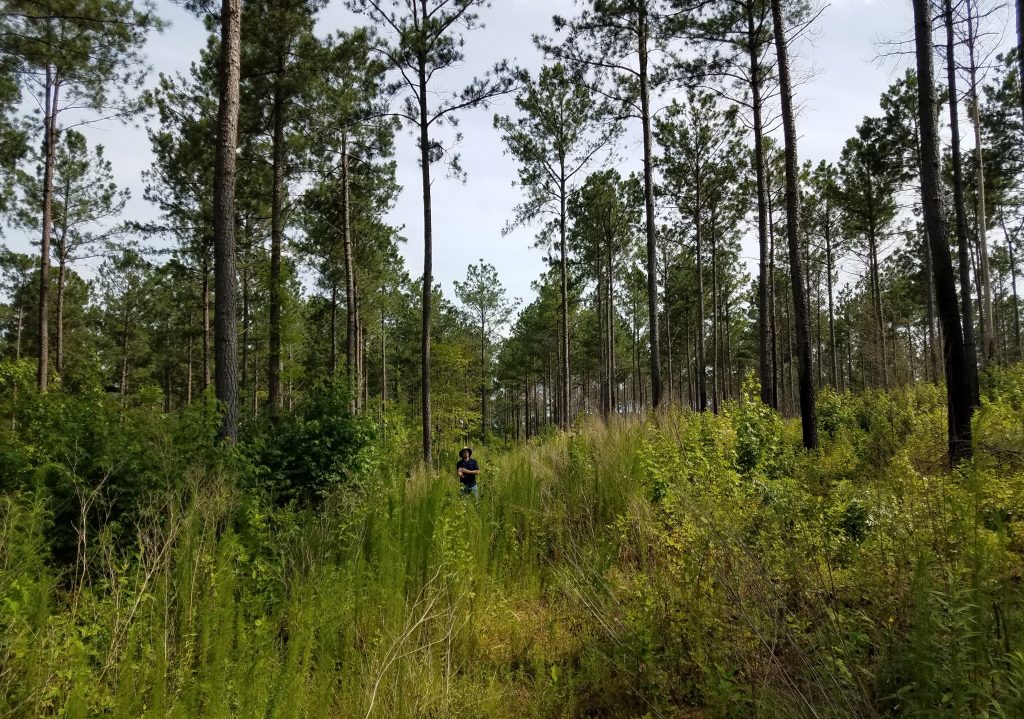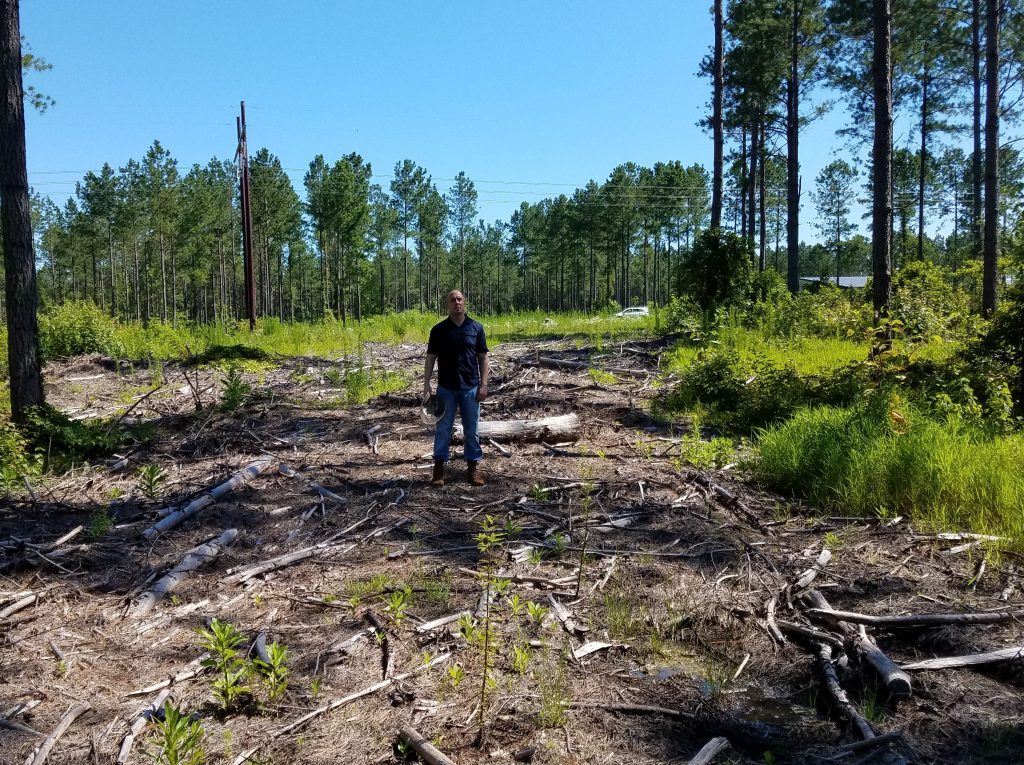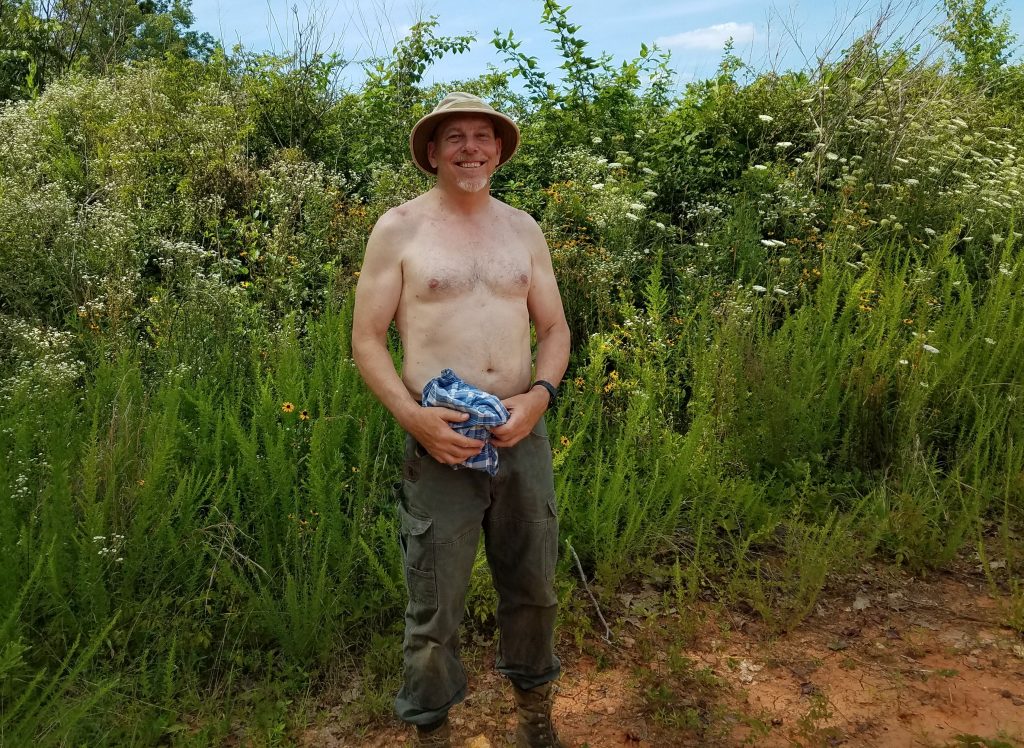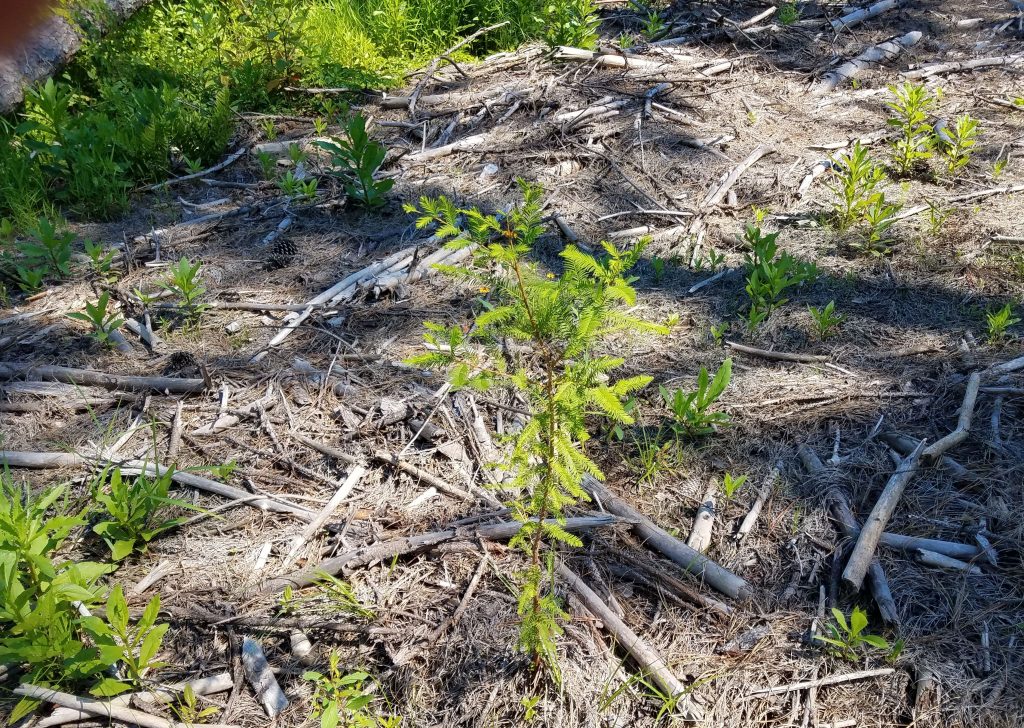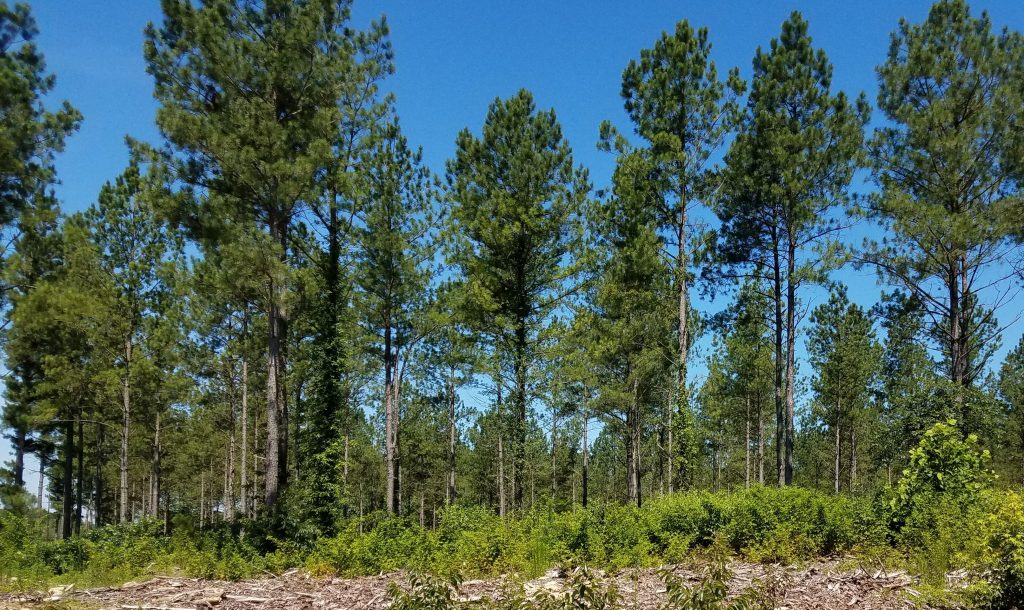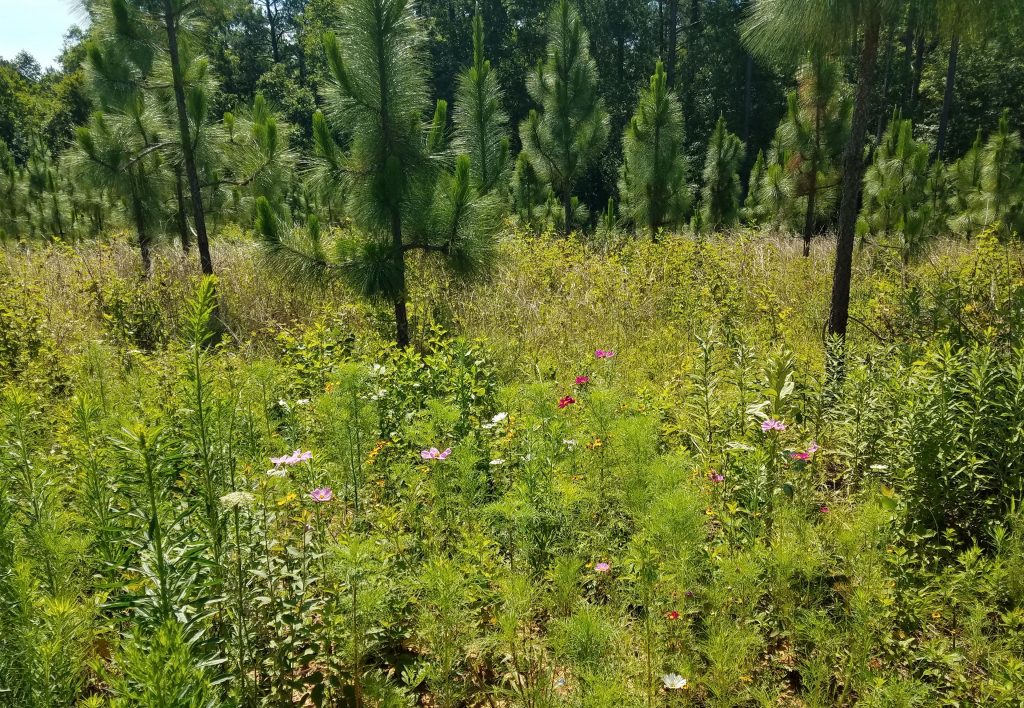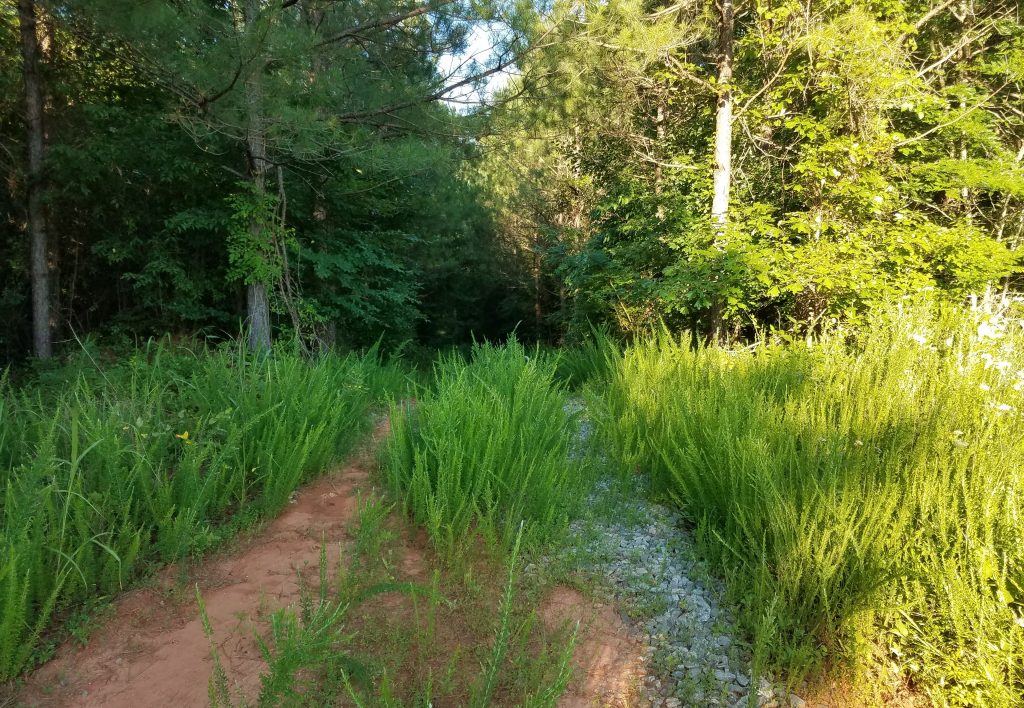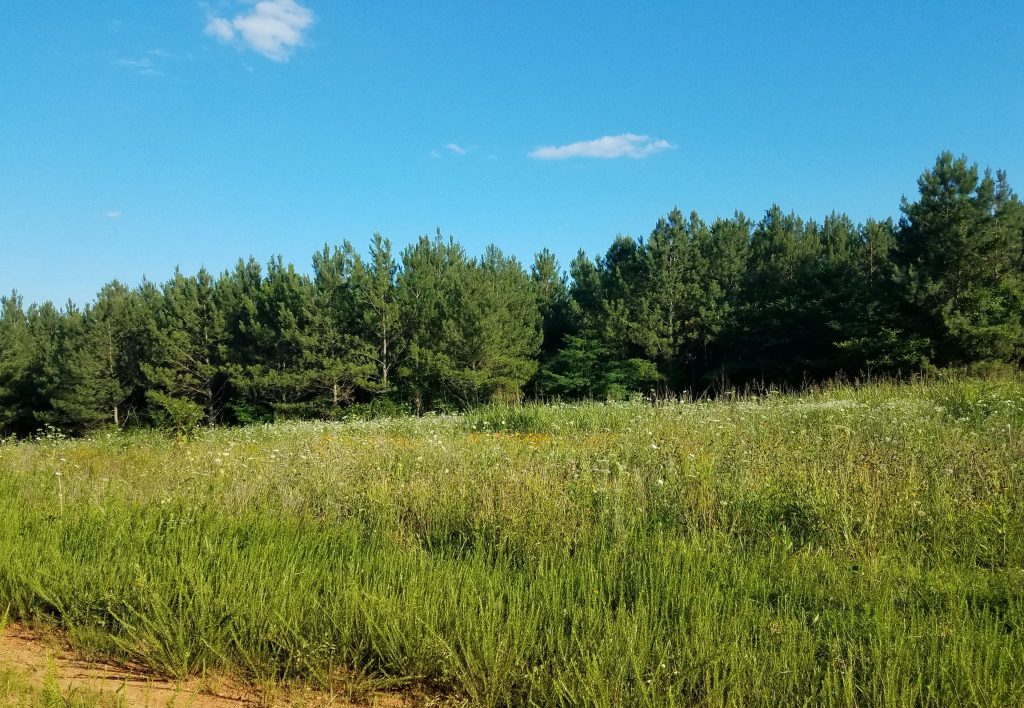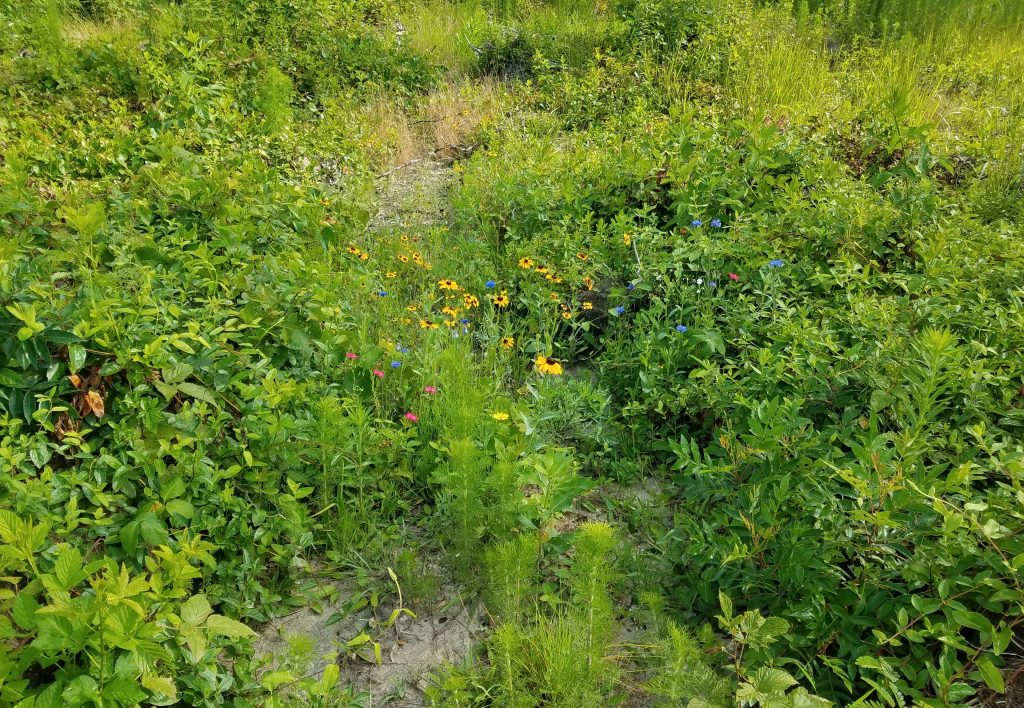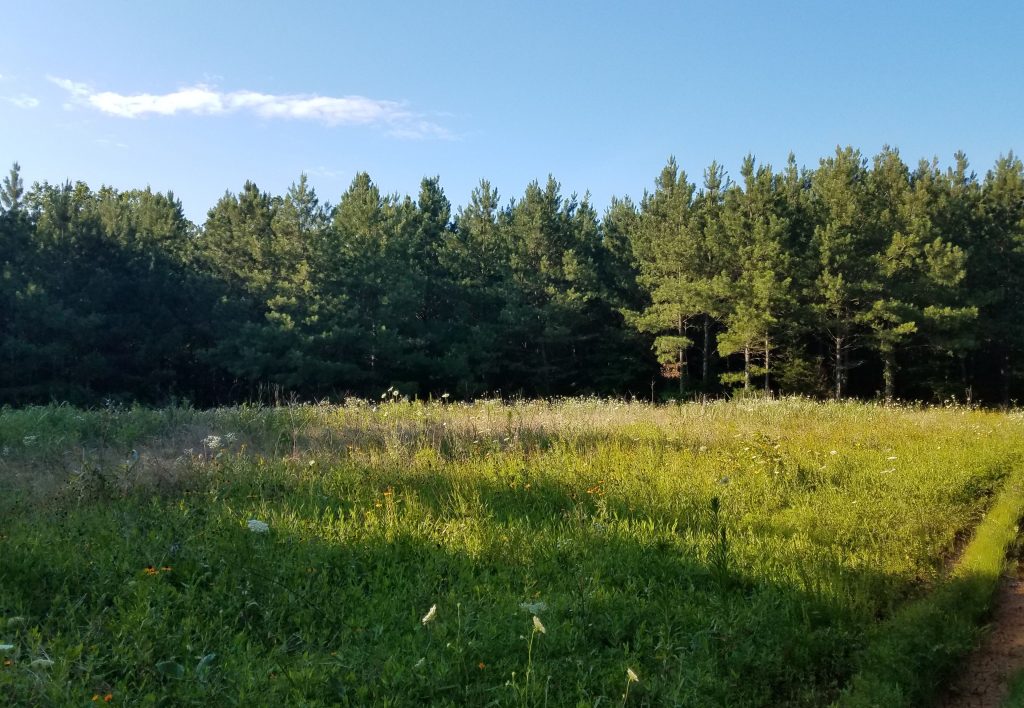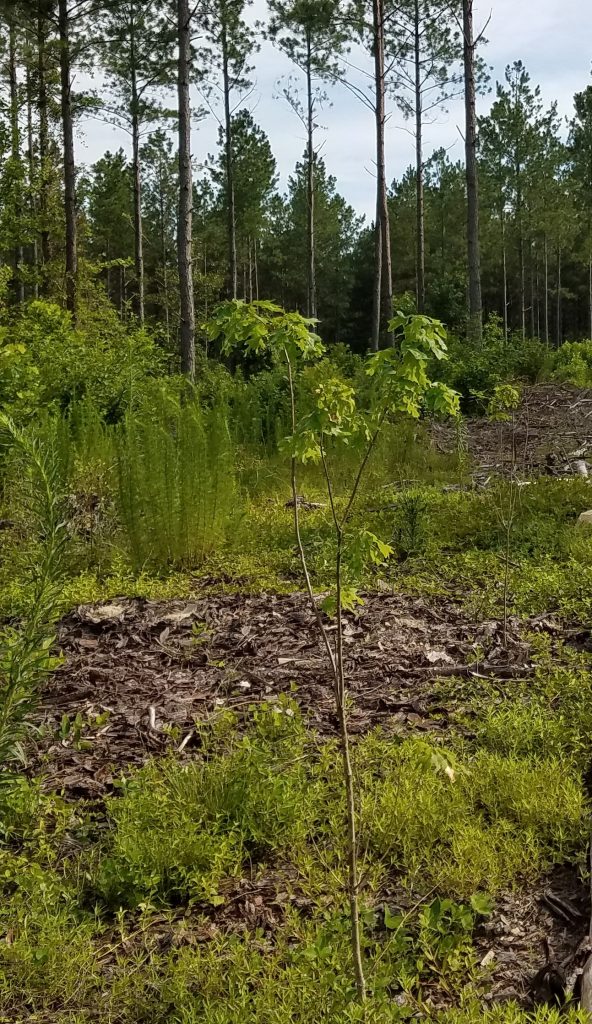My craziest year – Story Worth for this week.
My strangest year was the academic year 1978-9. It was a kind of transition zone for me. My longtime girl friend dumped me. I was becoming disenchanted with studying ancient history. I didn’t have much money. My previous verities were just not working for me. Greatest of all weirdness, however, came from a quirk in my housing structure.
Semi homeless
Some five acquaintances and I had a joint lease on a big house on Johnson Street in Madison, Wisconsin. I didn’t have a room there at all. In winter, I slept on the couch. In summer, I slept on the back porch (it as screened in and pleasant). None of us had enough money for the full rent. My portion was $65, as I recall.
Unreliable hippie girls
The problem came when two of our housemates, Jean and Sybil, decided to leave Wisconsin. They were “hippie girls” (yes, Madison still had residual populations of that now extinct species well into the 1980s) and they decided – abruptly – that Wisconsin got too cold in the winter, so they lit out for warmer climes. I think they headed for Florida with a couple guys who promised to take care of them, and I suppose they did.
Their quick departure put us in a quandary, since they left w/o paying their current shares of the rent nor making provisions for the future. (Hippie girls were like that – interesting at first but a real pain later.) Our task became finding a couple of new house mates with both the money and will to pay their fair share. This was harder because it was into the school year. Madison was a college town and our housing was oriented to that. Those w/o a place to live after the school year started were trouble or troubled.
There was a reason they had no place and that reason was rarely good.
Deadbeats & weirdos
We went through a series of deadbeats and weirdos. Some stayed just long enough not to pay the rent and then left in a hurry. I got the impression that this kind of cheating is what they did. Today, I suppose, we would call them homeless. I don’t recall all their names. We were naïve in taking on possible borders. It was a learning opportunity, but not pleasant. Let me give the stories of some of those I do recall.
We had Marcus. Marcus did not go to school. He was a waiter at one of the gay clubs in Madison. Evidently popular with the regular patrons, he made big money in tips, sometimes hundreds of dollars. He paid the first month’s rent in cash. Next month, he seemed strapped on any day we asked him. I knew that he worked on Fridays and had lots of cash from his tips, so the next Saturday I got up early and waited. When he came out, I told him that I knew he had the cash and promised unspecified bad things would happen to him if he did not give it to me. He did, but moved out the next Tuesday, citing a hostile home environment. He actually asked for a refund of the unused part of his rent. I had already paid the landlord and told him no. He didn’t push it.
Marcus always looked good, but he lived like a pig. When we went to clean out his room, we saw he had old food around the room and that he didn’t bother with sheets on the mattress and it really stuck. I had to go to class, so I did. My roommate, Tom, said he would clean it up. When I got back from classes, I found Tom and his friends smoking pot. This was not unusual. Tom was a pothead and so were his friends. They criticized my “redneck” ways of not partaking, but on that day, I think I saved their lives.
There was a lot of smoke in the room, but more smoke than even all their pot could create. I inquired, and in true Cheech & Chong fashion Tom replied, “I don’t know, man. It’s been like that for like an hour, man.” I saw that the smoke was coming out of the former Marcus room. When I opened the door, the rush of fresh air caused the mattress to burst into flames. I got some water from the sink and doused the flames. In those pre-Febreze days, Tom wanted to de- stink Marcus’ mattress and put incense on it. It had burned into to mattress and smoldered. I believe that had I not returned when I did, the house would have burned down. Tom and his friends would have done nothing until they died, probably saying something like “Oh wow, man, sure is getting hot.”
We had to get rid of the burned mattress, but fortunately found another, better one that someone had put on the curb for pickup. You just need to cruise for furniture.
Crazy
We replaced Marcus with Dirk, who was well and truly crazy, later certified so. Dirk used to talk to himself – and answer back. Once I heard him tell a joke, laugh and then tell himself to shut up because that wasn’t funny. When I went to look in on him, nobody was there but him. I had no psychological training, but I thought that was weird.
Dirk was very handsome, evidently attractive to women. They seemed to like his brooding personality/personalities. He used to bring women home with him. Mostly they were okay. The one time not was when he brought “Dirty Helen.” We didn’t know her, but we knew of her. She was not the kind you want around the house, hanging around like a fart in a phone booth, as we said. The next morning, Dirk went somewhere and left Helen. When we tried to kick her out, she claimed that Dirk said she could stay. We got rid of her when one of my housemates took her down to the local bar, the Caribou, bought her a beer and made himself scarce. She never showed up again and when Dirk came home, he did not inquire about her.
Dirk stayed with us until he had an incident in a bar, where he evidently attacked a group of larger & more numerous guys for no reason anybody could figure out. Maybe he thought there were more of him. Anyway, those guys did not beat him up too badly, but his mother came from California to get him. He moved back there. Maybe he fit in better in California. His mother was nice. She paid his rent for the next month, but we still had to find replacements.
We finally ended up with two mostly normal people who stayed with us until the end of the lease. It is funny that I do not recall their names. I am much better with the crazy ones. Come to think on it, the guy was called Alex. Don’t remember the woman’s name. They were not a couple. Both paid their rent and didn’t make trouble, so it was okay.
Biker chick
The woman was a “biker chick,” at least part time. She had a steady job and would go every day well dressed, but evenings and weekends the bikers would come around. Some were scary looking, but they were nice guys when you got to know them. They had their own bar on Williamson Street. It featured an ominous warning telling you not to come in unless you were a member of the CC Riders. I used to go in if I was with her or some of the other guys. Beer was inexpensive, but you had to drink Budweiser, as I recall. I have never been much attracted to that lifestyle, but it is very welcoming if you are in the in-group. I can see why some people like it.
I looked up the place on Internet to check my memory. It is still there under new ownership. Evidently the CC Riders today are all upstanding citizens, sponsoring kids’ charities.
Knowing lots of people
That year was also remarkable for the vast number of people I knew. I was lonely that year and my “home” was uninviting, so I spent a lot of time out. I am not a naturally gregarious person, but I guess I can be. I just recall that I knew everybody around my place and in the Madison student union. My grades went to hell, nothing like my really bad undergraduate grades, but well off the straight A averages I got in my first years. I just lost the drive to excel.
I started to question whether there was much of a future in the study of classical Greek & Latin. I had a steady part-time job at a bookstore on State Street and I read a lot outside my specialty. I am convinced that job helped me pass the FS test, since I read the back covers of so many books. I knew the summary of the great literature, even if I did not read all, most or even very much of the substance.
By the end of the period, I thought that I needed a new experience, so I saved money and worked a second job to get enough money to go to Germany, where I hitchhiked around for a month, but that is a different story, which I have told elsewhere. When I got back, I had decided to move on from ancient history. I did not have a good plan and that transition is also another story.




